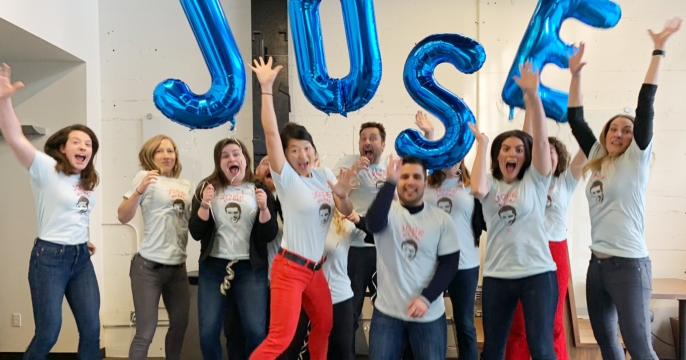
Why Employee Satisfaction Isn’t Enough
For years, the name of the game for managing people was employee satisfaction. With a changing labor market and higher employer standards, that focus is changing.
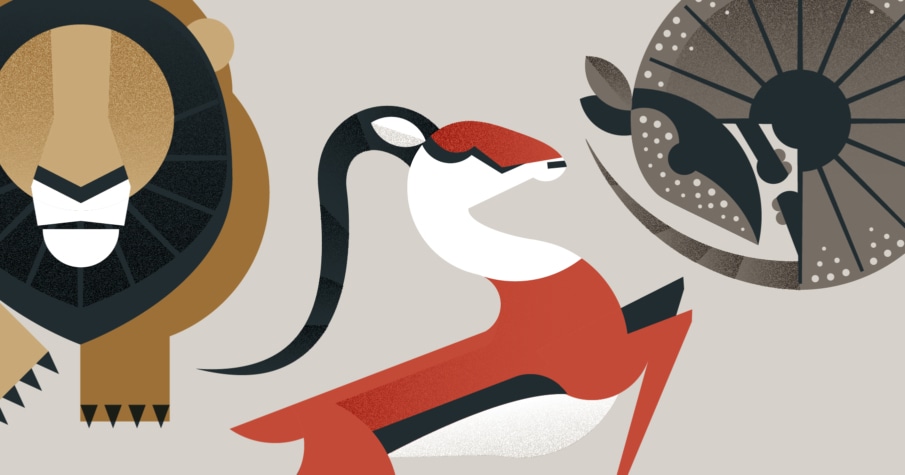
We’re writing this in September, which means it’s been six months since the first wave of state shutdowns related to COVID-19. Six months since the NBA halted a game just before tipoff – a split-second decision that would lead to suspending the season indefinitely. Six months since international travel was restricted, and the WHO made the assessment that this should be characterized as a pandemic.
The word “unprecedented” has taken on new and ubiquitous meaning this year, but suffice it to say that very few could have seen this coming, and even fewer could’ve predicted its widespread consequences for business leaders everywhere. COVID-19 has turned out to be more than just an existential threat – but rather a very real and pressing danger facing all of us.
And like any animal presented with a threat, business leaders likely had one of three stress responses in the spring.
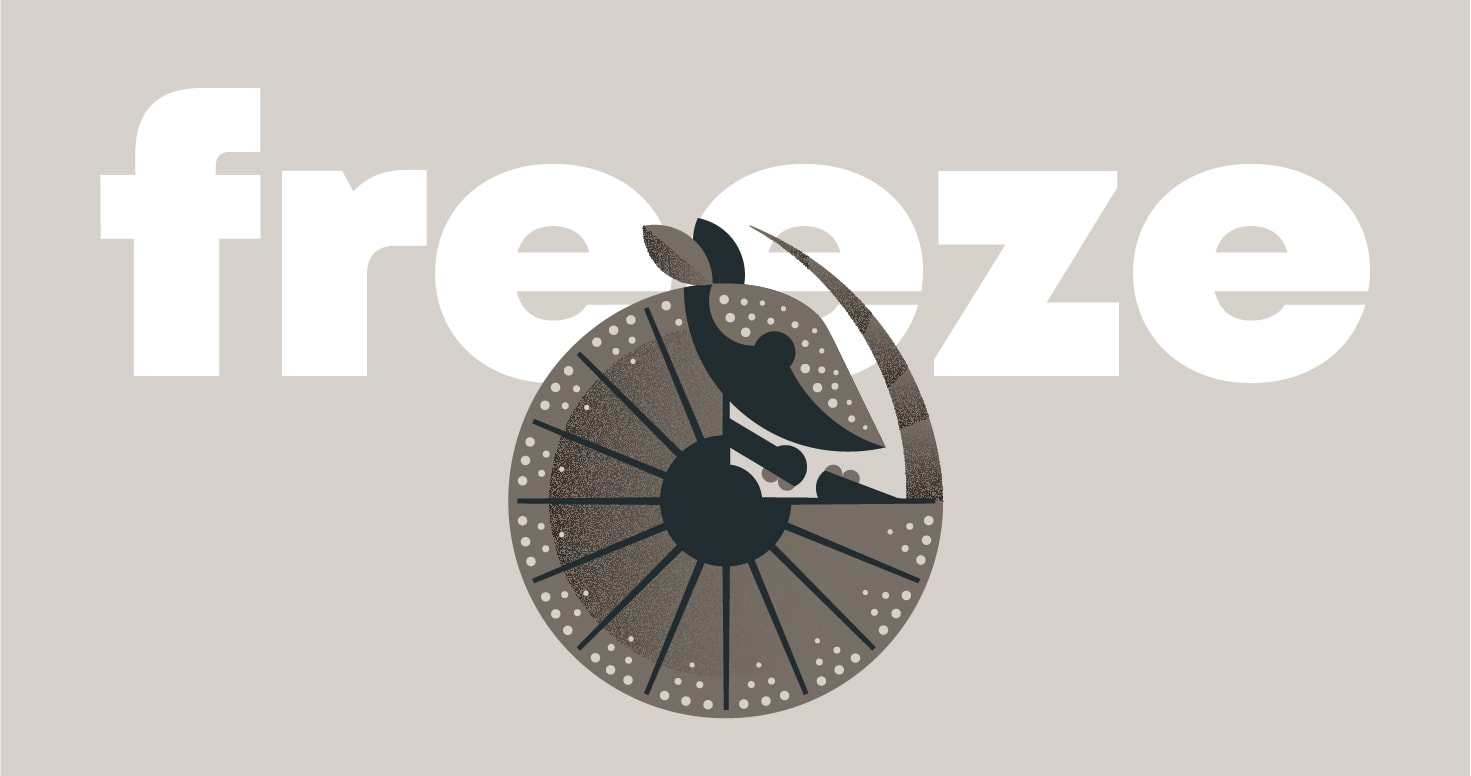
In nature, animals will sometimes go momentarily limp or “play dead” if they perceive little immediate chance of escaping or winning a fight. Certain types of armadillo, for instance, literally roll themselves into an impenetrable ball when frightened. Admittedly, many of us were a little armadillo-like for at least a brief period back in March while we assessed our options. With no way of knowing the long-term impacts of COVID-19, it was easy to revert to inaction. We thought we could grit our teeth, hunker down, and wait for things to go back to normal.
Hopefully, if this described you a few months ago, you’ve since changed course – since there’s now no denying the gravity and longevity of our current circumstance.
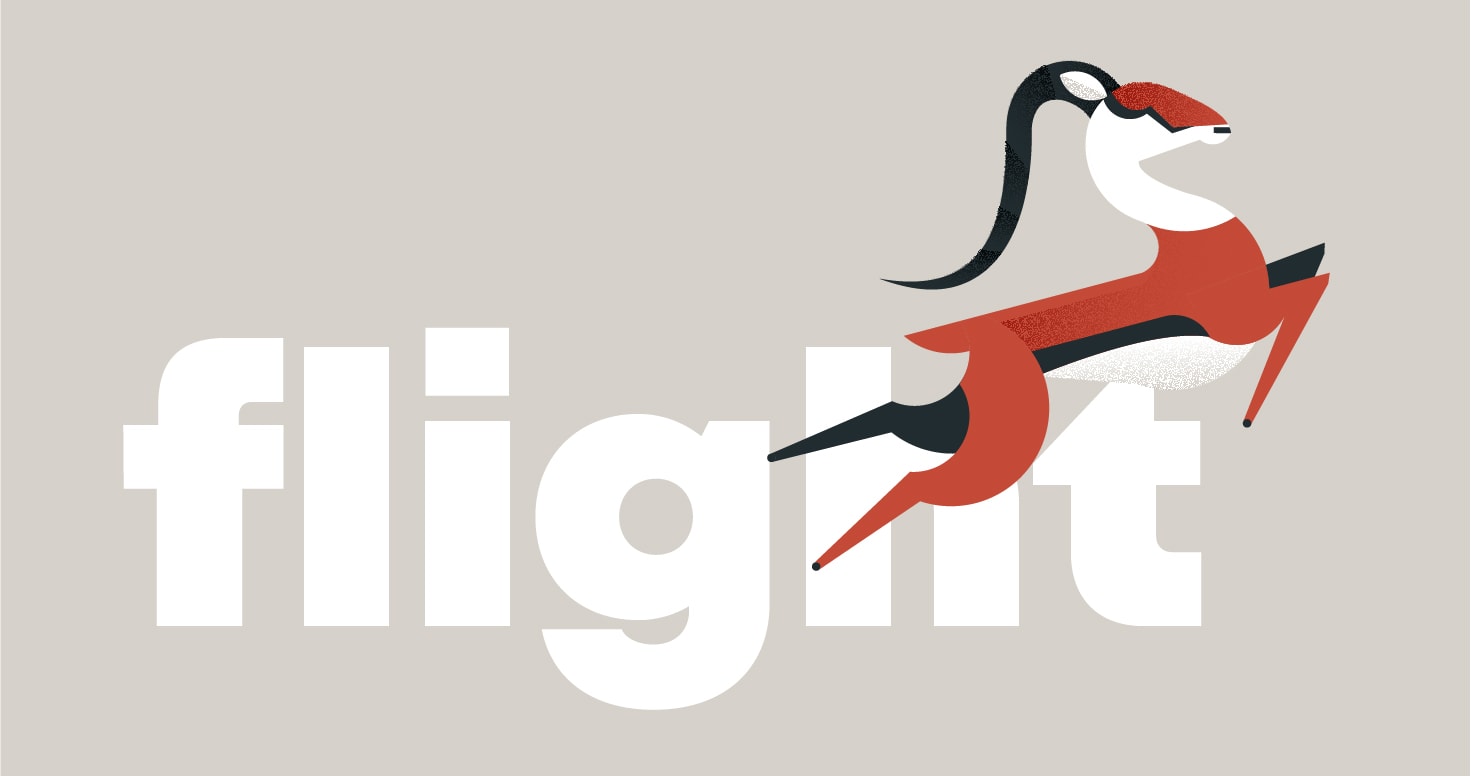
Or, like a gazelle who flees after even the slightest rustling in the bushes, perhaps you met this news with a defensive strategy. At the first sign of impending economic downturn, some companies worked to batten down the hatches and shield their company from financial impact. This often included reducing expenses and implementing staff layoffs.
There is nothing inherently wrong with this strategy, to be sure. Sometimes such measures are necessary in order to keep the lights on another day. But it’s still predicated on a belief that the moment will pass if you can just weather the storm – a belief that is becoming increasingly unlikely.

In both of those instances, companies clung to their old visions in hopes that they would still hold true in a post-pandemic world. But today, we’d like to talk about a third approach – companies that saw change as an opportunity and capitalized on it. The ones who didn’t just cling to their old vision, they created a new one – and came out on the top of the food chain.
The fact is, we’re now living and working in a world that looks much different than it did back in March – which means we’re willing to bet that the vision you cast for your company back then no longer applies. Business leaders must react, adapt, and seize new opportunities to stay competitive in this evolving landscape.
We’ve talked before about the importance of maintaining a trailblazing spirit in your business. At that time, we shared this wisdom:
“A good way to tell if your company is ready for this kind of transformation is if things are going well. That means you had a good idea that got you this far, and you likely have the resources to devote to what’s coming next.”
That was good advice a year ago. But now, we must append to it.
You know another good way to tell that it’s time for transformation? When things are not going well. Say, for example, when we’re amidst a global pandemic and “tried and true” models are crashing down around us. When your freeze or flight strategy doesn’t seem to be working, and a predator is beginning to circle around you. That’s when it becomes even more important to take a risk, be bold, and try something new.

Unfortunately, that’s also when Mother Nature strikes again with some limiting lizard brain tendencies. It is exceptionally challenging for business owners to pivot their strategy, because of two important psychological phenomena:
The sunk cost effect is the general tendency for people to continue an endeavor (even if it’s the wrong one), because they’ve invested time or money toward it – thereby “honoring” those sunk costs. It’s considered a logical fallacy from a decision-making perspective, since theoretically sunk costs should be weighed equally with prospective costs – in other words, future costs that may be avoided if action is taken.
This can apply to everything from romantic relationships to carnival games, but in the business world it often applies to leaders unwilling to abandon an idea or model they’ve already put energy behind.
The endowment effect refers to an emotional bias that causes us to overvalue something we own, regardless its objective market value. This means that if I were to offer you a choice between $10 or a coffee mug, you’ll likely take the $10. But if, instead, I give you the mug and then offer you $10 for it, you’ll value the mug higher than $10 (and reject my offer), simply because it’s already in your possession.
The endowment effect shows that people put a higher price on losing something than on gaining it – which, in the business world, means a tendency to hold tightly to what we have (even if it’s broken or failing), in relation to what’s possible (yet uncertain). This causes you to avoid risk and miss opportunities.
Companies that are able to overcome these psychological tendencies to cast a new vision will be well-positioned not only for the impacts of COVID-19, but whatever else the future has in store for the business world – including the upcoming election, an impending recession, and more. But how do you do it?
It’s clear that COVID-19 isn’t going away anytime soon – which means the time for transformation is now. Pivot your vision and strategy to account for this new reality, and watch your business become the new king (or queen) of the jungle.
Need help modifying your vision as we enter the new year? Learn about our True North process.
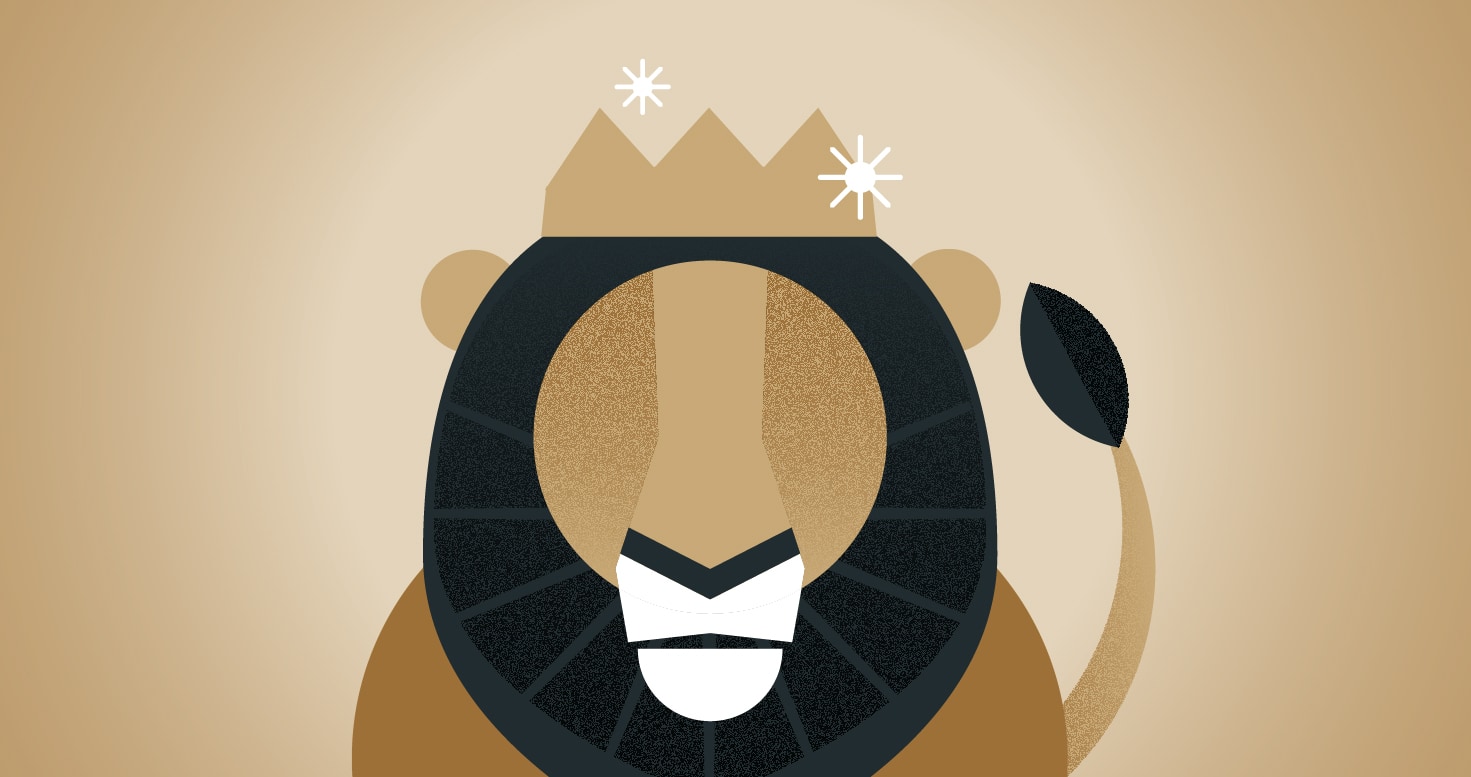
Get insights like this straight to your inbox.